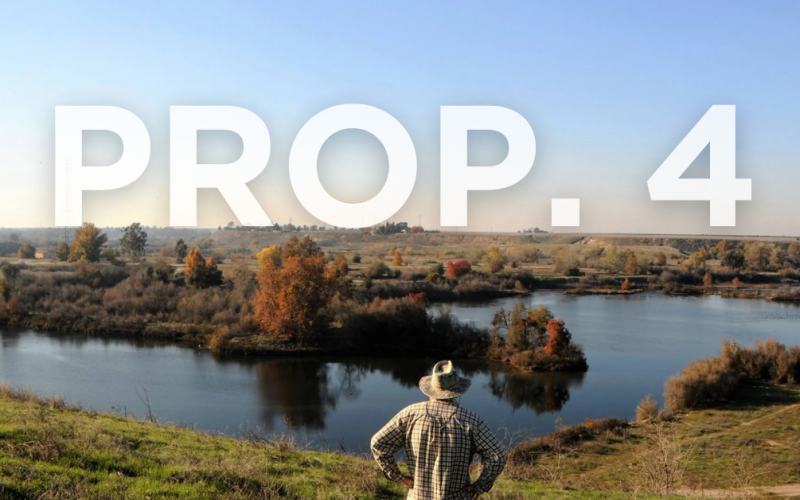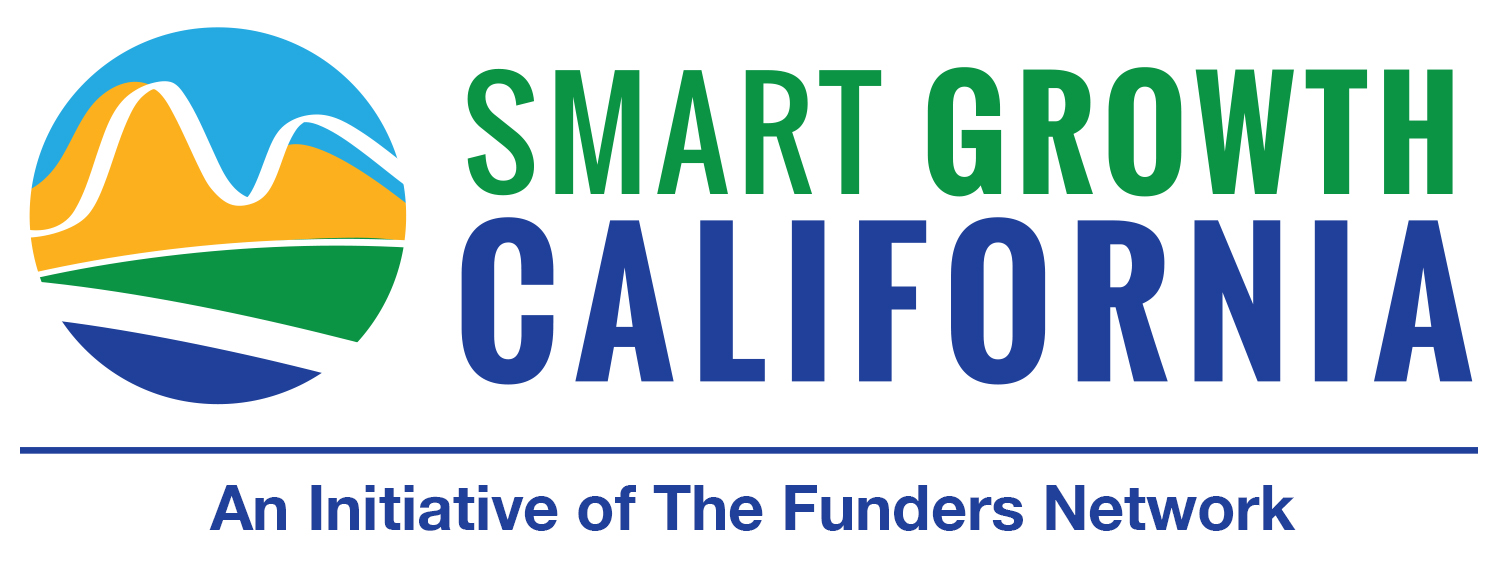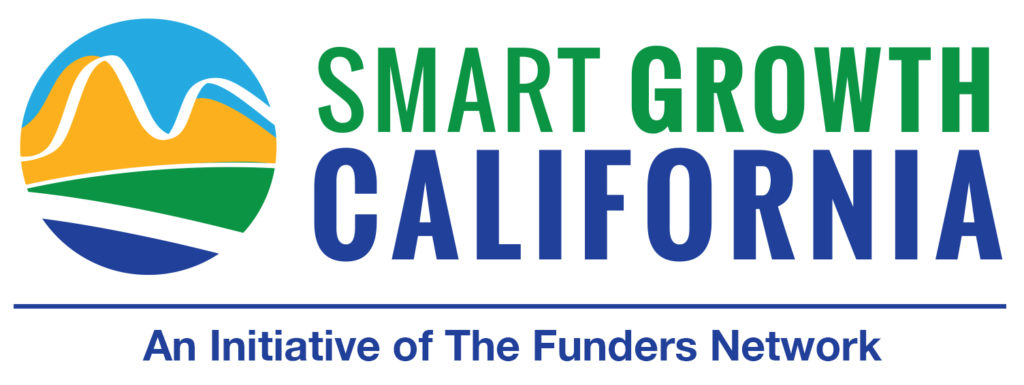
Image courtesy of The San Joaquin Valley Sun
Two opposing forces are shaping California’s environmental landscape: rising momentum in federal rollbacks and increasing urgency around the state’s $10 billion Climate Bond to meet mounting needs.
When voters approved Proposition 4, eight major buckets of funding were identified upfront. These range from safe drinking water to coastal resilience, wildfire prevention to clean air and energy, and more. (Here’s the full legislative language.)
How will California’s bond deliver?
But $10 billion is a lot of money to get out the door. So while many outcomes are identified, and have proposed funding amounts (for example, $139 million is earmarked in FY 25–26 to reduce climate impacts on disadvantaged communities and expand outdoor recreation) many details remain unclear. What exact programs will get what exact funding? Who’s providing the technical assistance? How do communities or other agencies apply?
We recently explored some of these questions with the Leadership Counsel for Justice and Accountability, which gave a rundown on Climate Bond’s implementation for the San Joaquin Valley Funders’ Collaborative. Here are a few highlights:
Negotiations are Underway
The answers hinge on negotiations and guideline development among Agencies, the Administration, and advocates, who are all racing to finalize details for the upcoming fiscal year before June 15’s budget deadline.
Governor’s Proposal – Look for Updates Mid-May
What we know so far about Climate Bond implementation is laid out in Gov. Newsom’s FY 25-26 budget proposal, which was released in January and is under negotiation.
The Governor’s year-one funding proposal for Prop. 4 would allocate roughly one-quarter of the full bond, or $2.65 billion, starting July 1, with nearly half of the first year’s funding ($1.07 billion) on water-related projects. See this See this overview and analysis from the Legislative Analysis Office for details, including charts outlining the bond’s major categories.
A revised version of near-term Climate Bond spending is expected mid-May, when an updated version of the FY 25-26 budget is released, kicking off a one-month sprint to nail down final budget details.
Who’s in Charge?
While the funds will flow through various agencies and conservancies, the California Natural Resources Agency (CNRA) is playing a leading role in managing the overall implementation. Encouragingly, CNRA has hosted public workshops, conducted surveys, and, according to several advocates who are part of negotiations, seems committed to a more community-centered approach to its work.
What’s Important to Know about Prop. 4?
- Shifting Bond Funds
One contentious element is the Governor’s proposal to use Prop. 4 funds to swap out $305 million in previously approved climate spending—specifically, $273 million from the General Fund and $32 million from the Greenhouse Gas Reduction Fund (GGRF). This would free up resources for other needs as the state faces deficits, 8% across-the-board cuts, rebuilding from the LA wildfires and uncertainty from the federal government. Supporters argue the move is fiscally necessary, and climate spending would still remain at historic levels. Critics say it risks undermining the bond’s intent by substituting new investments with already-approved commitments.
- Equity & Rural Inclusion: Justice 40
A key feature of Prop. 4 is the requirement that at least 40% of bond funding provide “meaningful and direct benefits” to disadvantaged, severely disadvantaged, and vulnerable communities. The bond’s definitions include terms like “socially disadvantaged farmers” and “economically distressed” communities, which will help ensure that rural and under-resourced regions have a shot at competing better for programs. Under the bond, a “disadvantaged” community is defined as one with a median household income below 80% of the state median; “severely disadvantaged” communities fall below 60%.
- Built-in Funds for Technical Assistance
Another key element of Prop. 4 is its commitment to capacity-building: agencies may allocate up to 10% of bond funds — and potentially more, if justified — for technical assistance to disadvantaged, severely disadvantaged, and vulnerable communities. As stated in the bond: “Up to 10 percent of the funds available … may be allocated for technical assistance… [and] the agency administering the moneys shall operate a multidisciplinary technical assistance program.”
This support is crucial for lower-capacity communities’ ability to tap funds. For example, Transformative Climate Communities (TCC) applications are intensive and stakeholder-heavy, making them difficult for small or under-resourced communities to engage with effectively.
There is significant attention on how this technical assistance will roll out—who will provide it, whether existing TA providers will be used, or if new partners will be brought in. Advocates and agencies alike are watching closely.
- Advance Pay & Indirect Costs
Launching projects without upfront support can be especially challenging for nonprofits and under-resourced groups. Prop. 4 addresses this by allowing advance payments of up to 25% of a grant award — including to state-related entities — to help kickstart projects. It also allows the use of bond funds to cover indirect costs such as rent and overhead.
- Finding Issues You Care About in Prop. 4
Many line-items are spelled out in the bond language — for example, specific amounts are earmarked for a host of conservancies throughout the state. If you want to know what the bond says about a particular region or issue you care about (for example, “off-shore wind” or “Central Coast” or “farmer”), here’s a hack: Go to this legislative language and search for the term.
And in the meantime, mark your calendars for a June 27th webinar on this topic with our very own Ron Milam, who’s hosting a webinar with Smart Growth California and Southern California Grantmakers.

